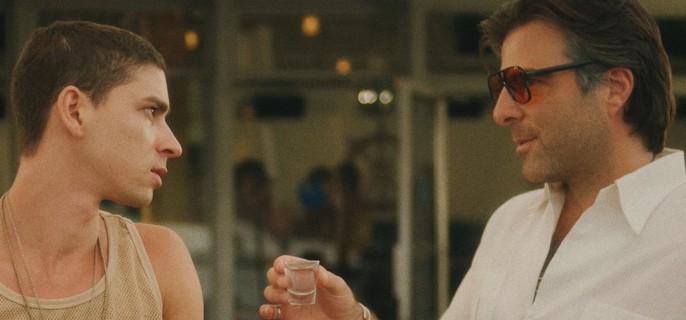With a deeper dive into Whitley's narrative, the horror element that was previously lacking in the first two episodes becomes more pronounced. Firstly, there's the chilling scene where Whitley ties up Gino inside a morgue locker, creating a claustrophobic atmosphere reminiscent of the nailed-shut coffins in Cult. While one might expect a prolonged rescue attempt, Patrick saves Gino within the blink of an eye, half an hour later. Later, at the end of episode four, two men entangled in Theo's artsy gay scene find themselves stuck in an elevator with Whitley during a blackout. The claustrophobia heightens the sense of horror, but the darkness is a more prominent tool throughout the episode. The darkness is both literal, a nod to the actual Manhattan blackout of 1977, and figurative, reflecting the moral decay and decline that looms over this season's narrative.

The pursuit of both pleasure and pain through sex and drugs among this specific set of the NYC gay community serves as a scapegoat for this sense of dread, something that characters like Gino and Adam are actively trying to combat. Meanwhile, both Sam and Patrick may find themselves slipping into an increasingly dark place where the lines of morality become blurred. This is a reference to the 1980 film Cruising, following a detective investigating murders in the late '70s leather scene who becomes increasingly enthralled with the subculture. This season borrows heavily from Cruising, as discussed on the AHS subreddit and in my previous recap and comments. While some see this as a criticism—evidence of a lack of creativity—I view it as precisely what we have come to expect from AHS. Every season incorporates plots from both real life and film, drawing from the scariest bits of American culture to weave the story together. Repetition has always been part of AHS's ethos, which is why the show remains ever-scary: It's because it's familiar.

